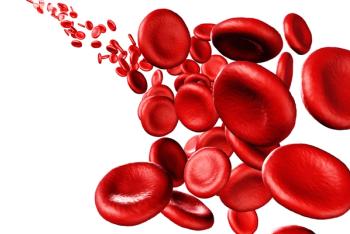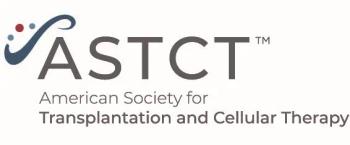
ATRA/Arsenic Trioxide Yields Better Outcomes in APL
Patients with non-high-risk APL can achieve better clinical outcomes when treated with ATRA plus arsenic trioxide compared with ATRA plus chemotherapy, a new study found.
Patients with low- or intermediate-risk acute promyelocytic leukemia (APL) can achieve better clinical outcomes and at least an equivalent health-related quality of life (HRQOL) profile when treated with all-trans-retinoic acid (ATRA) plus arsenic trioxide compared with ATRA plus chemotherapy, according to the results of a
“Our findings have important clinical implications, because they support the use of ATRA plus arsenic trioxide as preferred first-line treatment by showing that better clinical outcomes of this newer therapy can be obtained without detrimental effects on patients’ HRQOL,” wrote Fabio Efficace, PhD, of the Italian Group for Adult Hematologic Diseases, and colleagues.
A previous randomized clinical trial compared the use of standard ATRA plus chemotherapy to ATRA plus arsenic trioxide in patients with newly diagnosed APL. The results showed that ATRA plus arsenic trioxide was non-inferior to the standard treatment for 2-year event-free survival in patients with low- or intermediate-risk disease.
This analysis was designed to compare HRQOL among these patients in order to provide evidence to help physicians weigh the potential benefits of this newer treatment option. Efficace and colleagues analyzed HRQOL using the European Organisation for Research and Treatment of Cancer Quality of Life Questionnaire-Core 30 in 156 patients aged 18 to 70 years. Data from 150 patients was available after induction therapy completion and from 142 patients after third consolidation course.
Of all of the HRQOL scales examined on the questionnaire, fatigue was the only one that showed a significant difference between the two groups. Patients treated with ATRA plus arsenic trioxide had significantly lower fatigue severity compared with that seen in patients treated with ATRA plus chemotherapy.
“Mean fatigue scores of patients treated with ATRA plus arsenic trioxide vs those treated with ATRA plus chemotherapy were 29.1 (SD, 25.7) and 38.4 (SD, 28.1), respectively, reflecting a clinically relevant difference (albeit small),” the researchers wrote. “After third consolidation course, however, severity of fatigue was not significantly different between treatment groups (P = .660).”
Looking at time after induction therapy, patients assigned ATRA plus arsenic trioxide also had small improvements in severity of nausea/vomiting, appetite loss, constipation, as well as physical and cognitive functioning compared with patients treated with ATRA plus chemotherapy. After third consolidation course though, only severity of diarrhea had a significant improvement for patients assigned ATRA plus arsenic trioxide.
“Fatigue has been shown to be the main factor affecting HRQOL of patients with APL, suggesting that our findings of lower fatigue severity after induction therapy might represent a major outcome of arsenic trioxide therapy,” the researchers wrote. “After induction, other key symptom and functional scales showed clinically relevant better outcomes for patients treated with ATRA plus arsenic trioxide, providing supporting evidence of the advantages of this newer treatment over standard ATRA plus chemotherapy.”
Newsletter
Stay up to date on recent advances in the multidisciplinary approach to cancer.

















































































